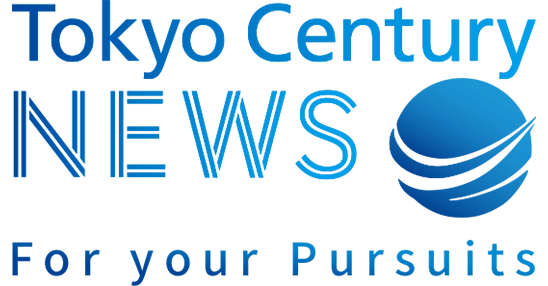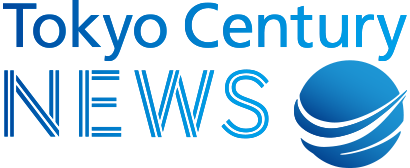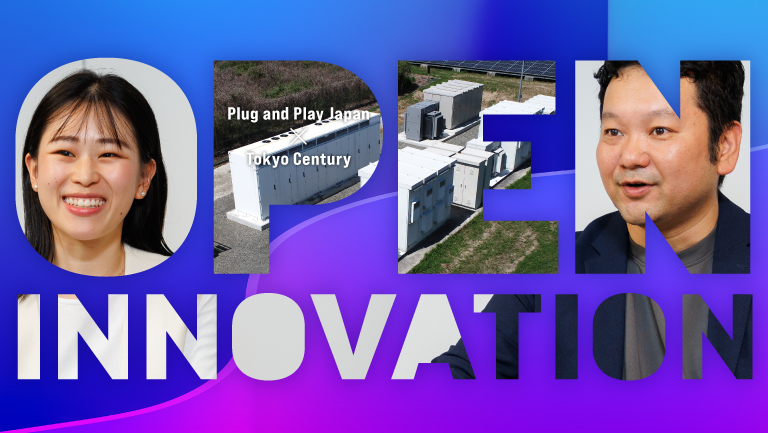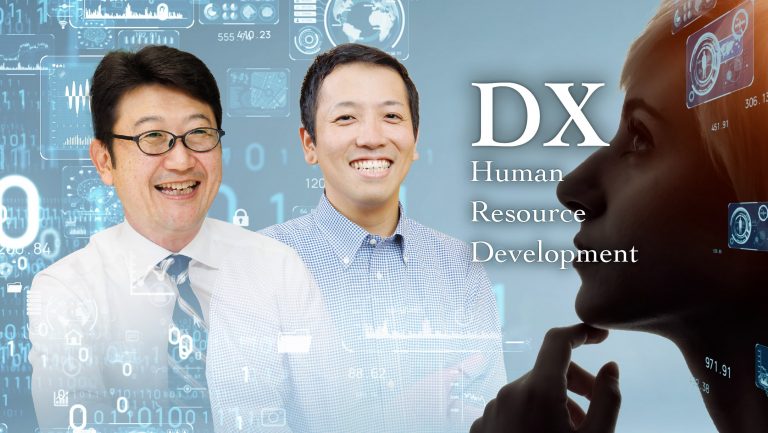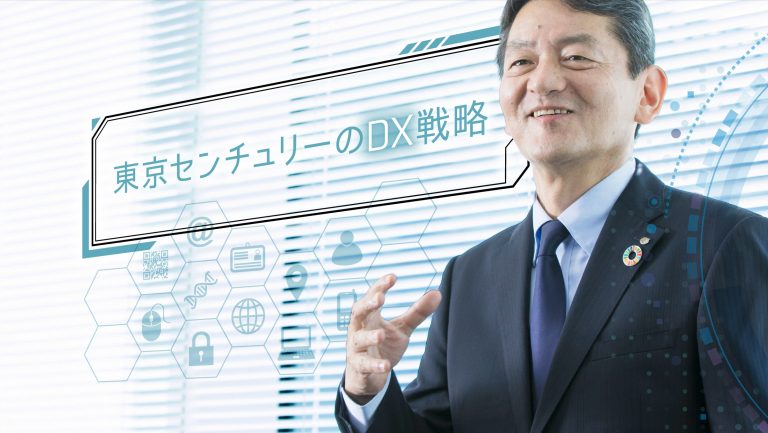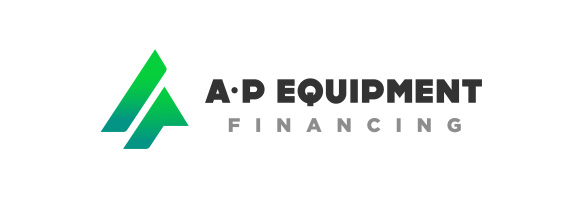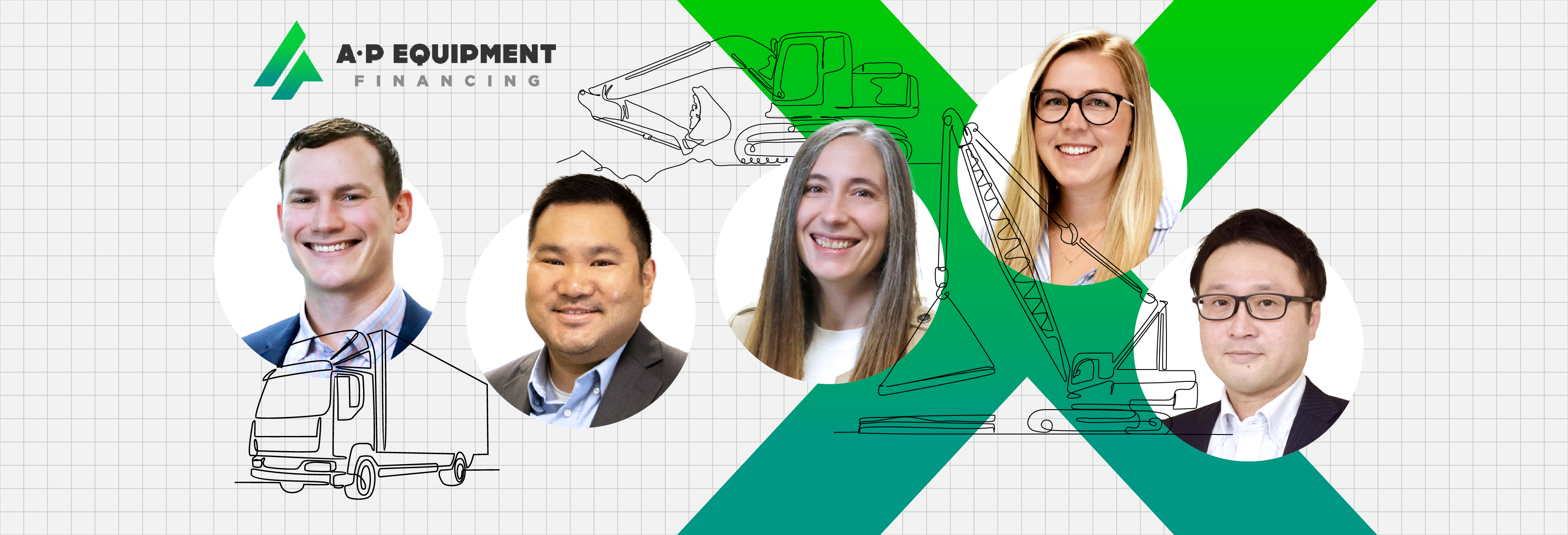
The digital transformation is affecting every aspect of how we live and work. Many businesses in the United States are embracing new technologies and increasingly digitalizing their operations. To learn more about these trends and how they are helping to improve business, we interviewed four key members of the Tokyo Century Group subsidiary AP Equipment Financing (API): Nick Fong, Chief Marketing Officer and Chief Technology Officer; Ryan Makris, Vice President of Business Development; Sarah Maze, Salesforce Administrator; Cori Miller, Marketing Manager; and Hiroto Inoue, a resident employee of Tokyo Century Corporation. By using the benefits of digital marketing, we covered various topics how API is attracting new customers and how digitalization is helping to identify customer pain points and improve the customer journey.
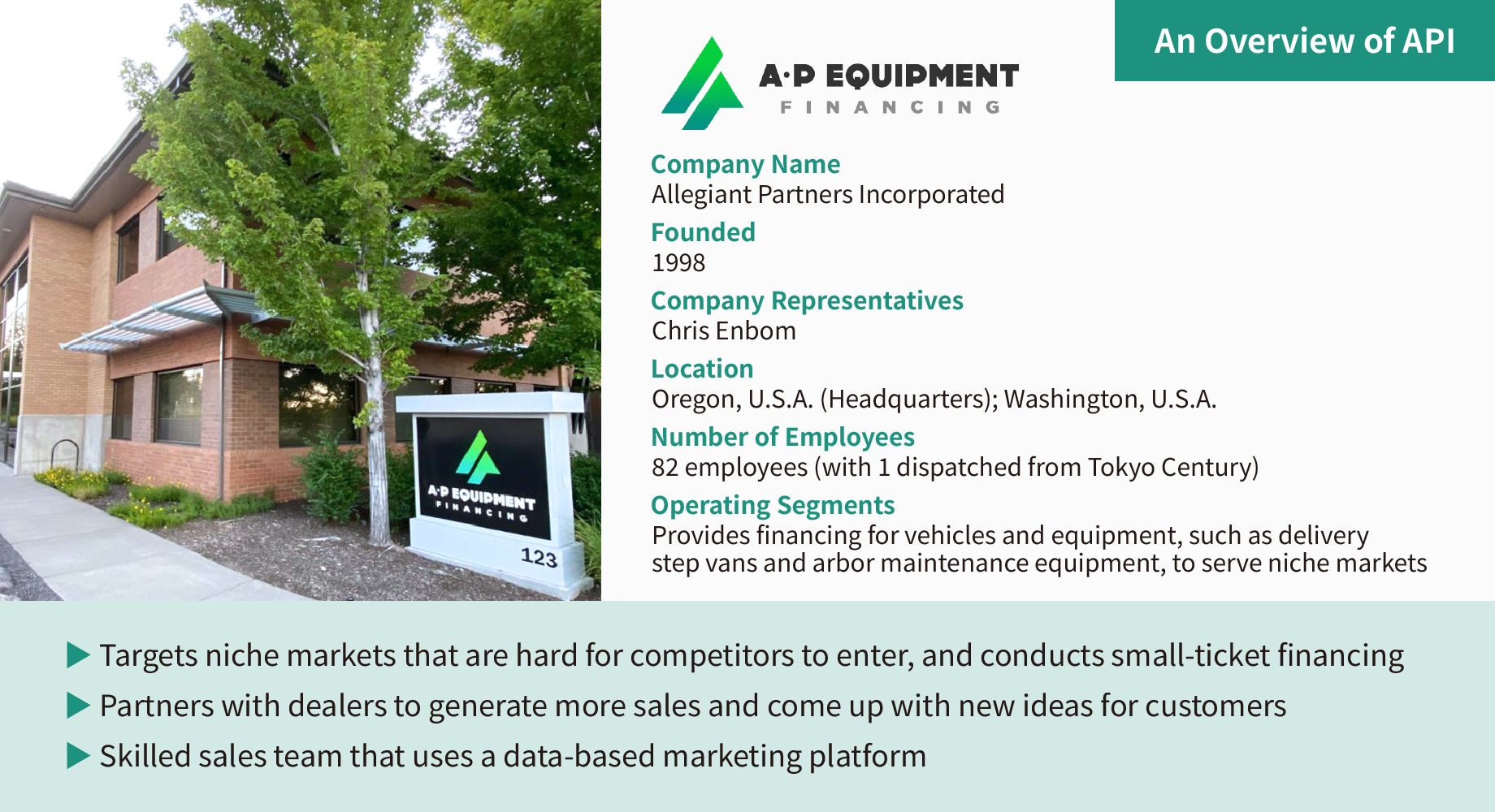
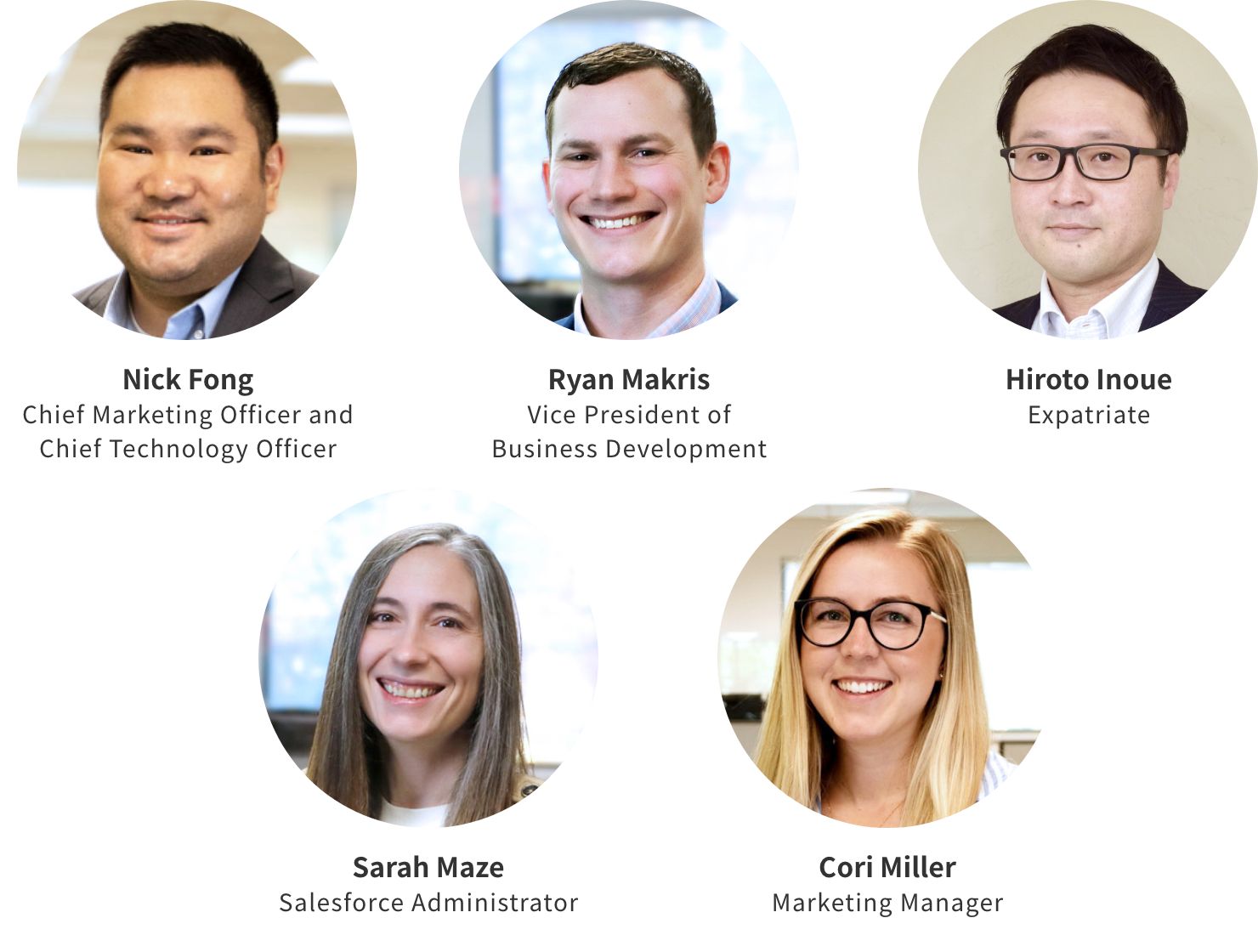
API Profile
Digital transformation trends in the US

Hiroto Inoue
First, could you tell us about the trend toward digitalization in the United States?
Everything is moving toward digitalization. It’s all about efficiency and convenience, and it allows companies to do more with less. Data points can be centralized in a database and you can run trend analyses to find out what’s working and what’s not.
At API, one of the first things we digitalized was contracts, using DocuSign. The process prior to that was very cumbersome and time-consuming: printing out documents, faxing copies to customers, and sending changes and updates back and forth. But with digital documents, it’s very efficient. And with today’s digital identities, it’s much easier to verify that person’s identity and control security.

Nick Fong

Hiroto Inoue
Could you give us some details about American digitalization practices?
Given the premise of a digital society, it’s just not necessary to go somewhere physically or fill something out physically. Most people in the United States use digital banking now. I personally don’t remember the last time I stepped inside a bank. And when I bought my house, everything short of the actual signing of the mortgage was done online — and this was in 2014. Today, I believe it’s entirely digital. Also, when my children here in Bend, Oregon, went into first grade, they got iPads, and they learn different things through their iPads.
At API, we were one of the first equipment finance groups to adopt RON — that’s remote online notaries. Public notaries perform the notary process online to verify the identity of individuals through teleconferencing or video calls on your phone. It has provided tremendous convenience for our customers. And our customers are happy to pay a little more for the added convenience. The service we use, Notarize, has notaries on call 24/7.
Digitalization is democratizing technology. API is fairly small, but we can bring the technology that large companies are using into our technology stack and provide services similar to those of companies ten times or a hundred times larger than we are.

Nick Fong

API employees and their family members at the annual company picnic
API’s digital marketing utilizing Salesforce and SNS

Hiroto Inoue
API uses the Salesforce platform. What is the value of having customer data centralized in Salesforce?
For those who aren’t familiar with it, Salesforce is a customer relationship manager. It’s a way to keep track of your customers and their purchasing. It’s a very easy tool to use and people can learn how to use it quickly. Salesforce also has an extremely high level of customization that allows developers to create automations and add applications for additional business processes.
We’ve created a system that encapsulates everything from marketing and sales origination through to the receiving of contracts. It also allows us to provide information to our customers via our customer portal and to our business partners and vendors through our vendor portal. Salesforce is the engine behind our business.
When all our information is centralized, we can create reports, and these can be disseminated very easily to all our departments. It has helped our business to remove data silos.

Sarah Maze
I say this often: Technology is meant to marginalize the mundane and maximize the personal connection. That’s the strategy we use. By giving our employees more answers up front, it empowers them to create much better customer interactions and to provide solutions for the customer and the business.

Nick Fong

Hiroto Inoue
How are you using Salesforce for API’s marketing activities?
All our marketing activities connect back to Salesforce. For example, our email platform is called Salesforce Account Engagement. When we email our end users, we can include their name, their company — any fields that are in Salesforce can be translated into email. This helps us remain highly personalized and create trust between our brand and end users while staying efficient.
Through Account Engagement, we use what’s called Scoring, which helps us track which prospective customers are engaging with us. So, for example, if they open an email, if they click on a link in an email, if they look at a specific landing page, we give them a certain number of points, and then we can see in Salesforce the total points each prospect scored. If one prospect has 500 points, we know they’re highly engaged with us. That helps both sales and marketing know who to target. We probably want to call the prospect with 500 points over the prospect with 15, someone who is just starting to engage with us.
Through our Salesforce campaign tracking, the marketing department can trace about 25 to 30% of booked business back to various marketing campaigns, including email, social media, Google Ads, and trade show promotions. This is where we can say for sure that these marketing activities had some impact on the buyer’s decision-making.

Cori Miller

Salesforce interface showing data on opened e-mails
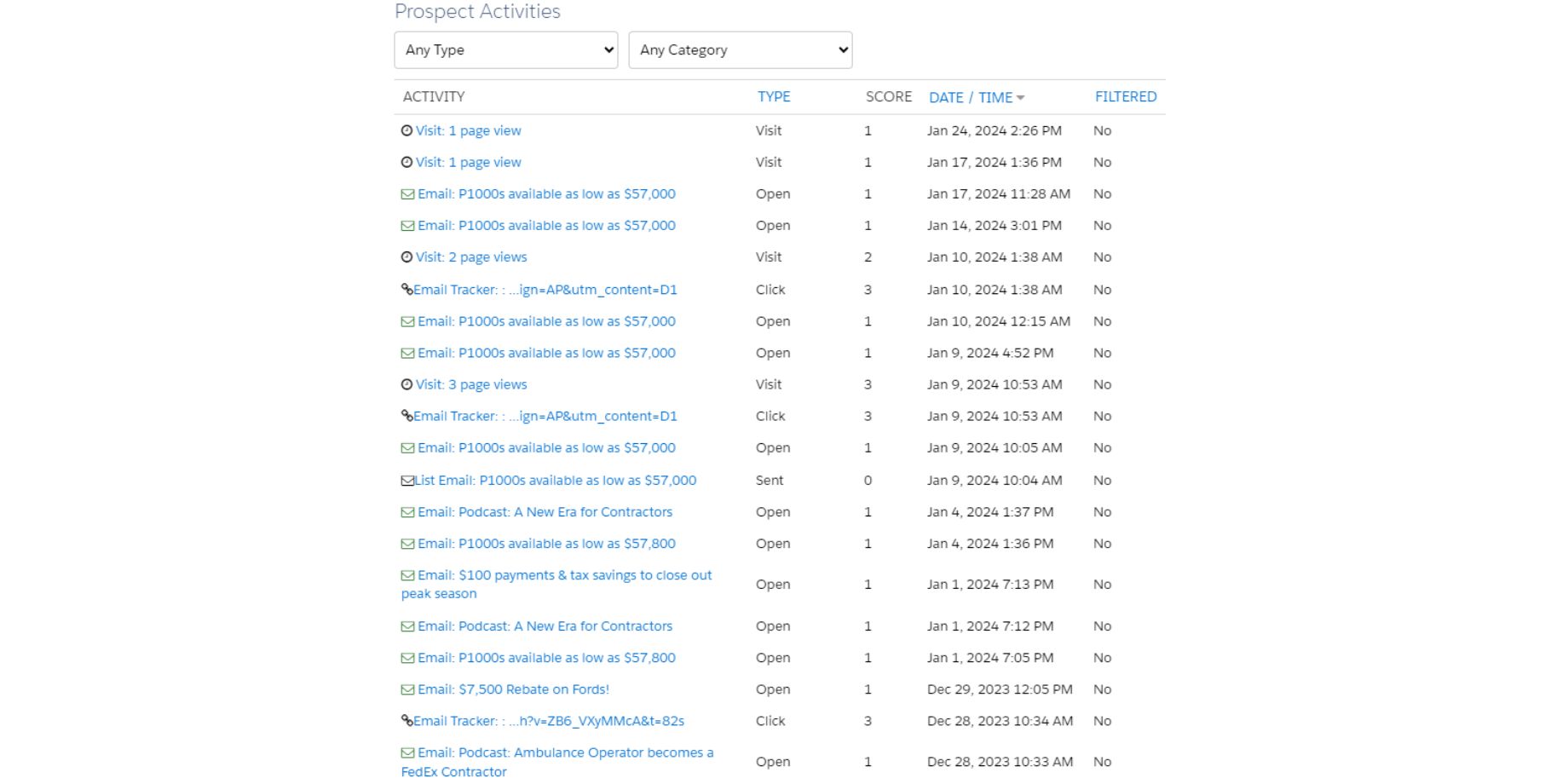
Scoring analysis

Hiroto Inoue
How are you attracting new customers through SNS?
We have a presence on all social channels — including Facebook, Instagram, LinkedIn, X, and YouTube — because a lot of people are on social media. And it’s not only to connect with end users. It’s also to connect with industry experts, dealer partners, and even employees at our own company who are working remotely. Remaining active and posting lots of content is really important.
In terms of getting customers, we advertise. We’ve tested ads on a lot of different social media platforms, but Facebook just works the best for us. It’s really the only one that drives lead generation and funding volumes, so we mainly focus on that. There are also re-targeting options. If an end user visits our website or interacts with an ad, you can re-target them through Facebook and make sure they stay connected to us.

Cori Miller
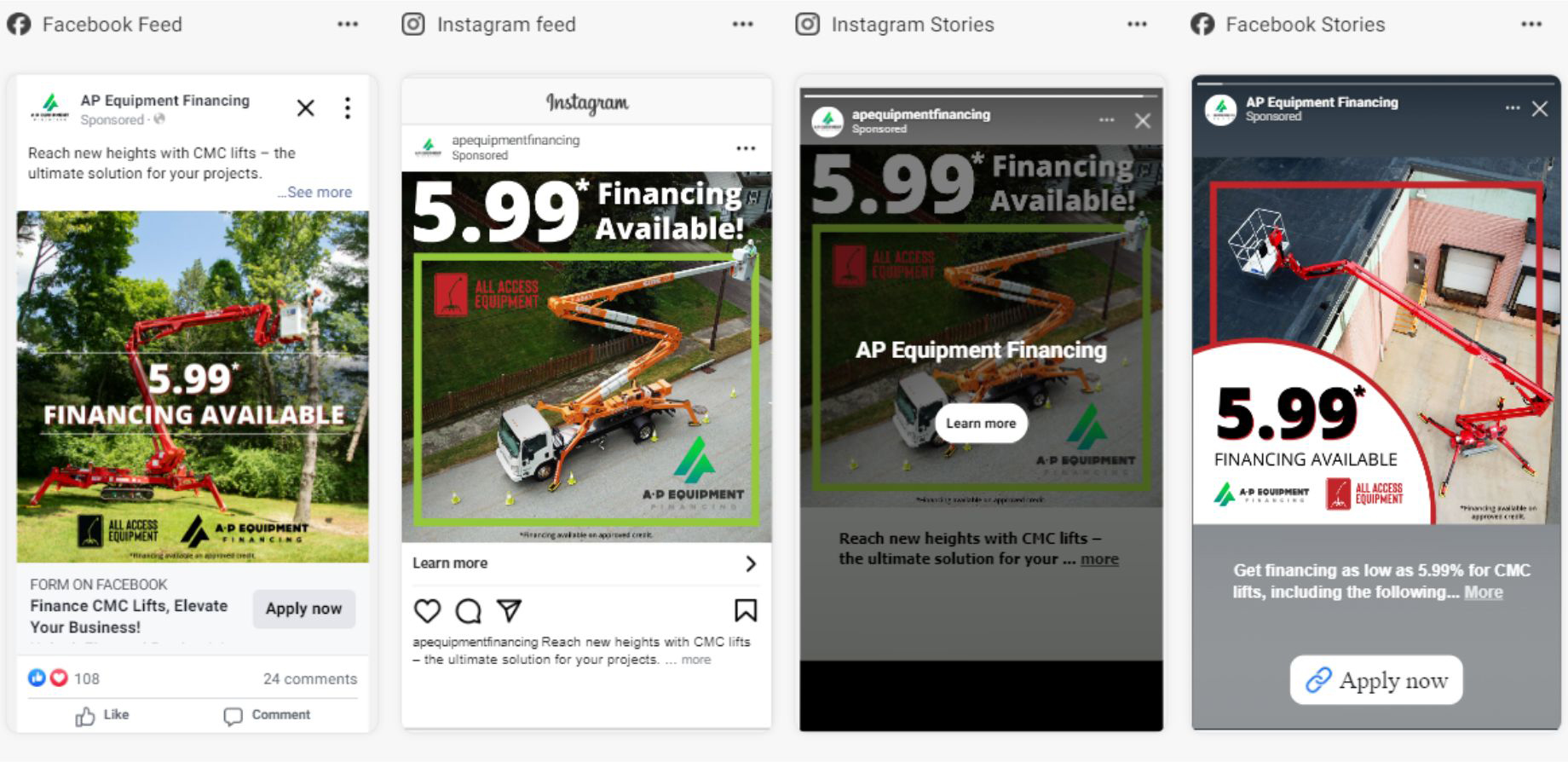
Facebook & Instagram Ads
We also do Google Ads. We want to make sure we have a presence on every advertising platform.
LinkedIn is a useful tool for promoting trade show presence and driving awareness of the API brand. For example, our sales reps will post that they are going to a trade show and maybe that will help them connect with dealers or customers who are also going.

Cori Miller

An API booth at a trade show
One of the big things we introduced in 2023 was a podcast where I interview service providers for FedEx Ground, a delivery company in the US. Most people don’t know this, but when you see a truck that has FedEx Ground on the side, that truck is owned by, and the driver is employed by, an independent service provider, not by FedEx directly. API is one of the largest providers of leasing and finance services for FedEx Ground service providers.
For the podcast, I sit down virtually with the owners of these route businesses and have them share their stories and give advice on how to be successful in that business. We publish each interview in its entirety on YouTube and we also release an audio-only version on Spotify and Apple Podcasts.

Ryan Makris

Hiroto Inoue
What effect has the Podcast been having?
The podcast has been very successful. Our content has been downloaded or viewed on YouTube 53,000 times since we started. It has helped to introduce us to prospective customers who we may otherwise not have had the opportunity to sell our services to. And it’s also helped to strengthen our brand. When we interact with these service providers, they’re much more likely to have heard of API because they’ve seen the podcast.

Ryan Makris
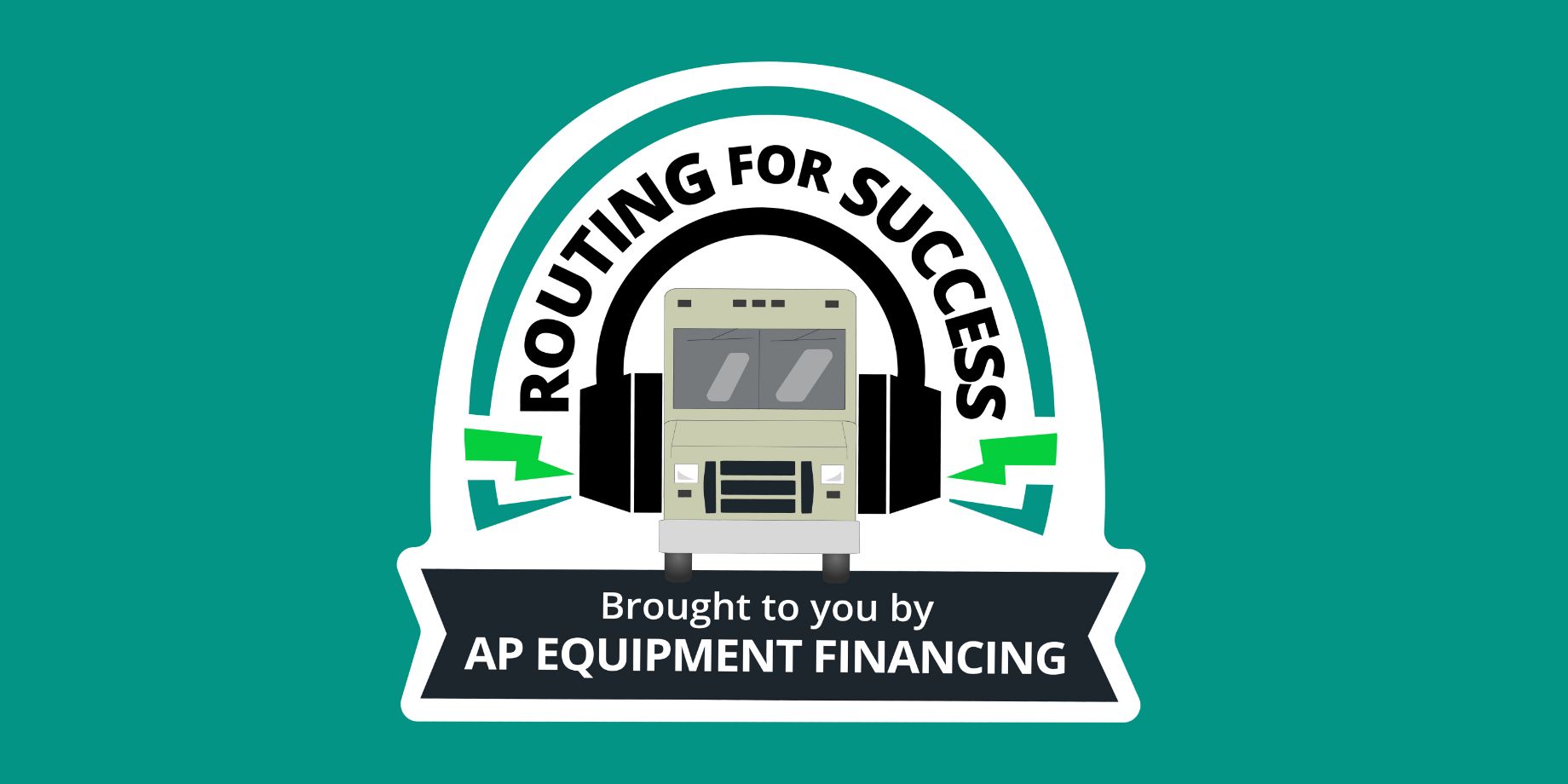
Improving customer satisfaction by improving customer journey

Hiroto Inoue
Could you tell me briefly about efforts to raise awareness of API’s customer journey?
We’ve been looking at every customer touchpoint from beginning — the first time they saw our logo or the first time they got a call from us — to end.
We mapped out the touchpoints by meeting with every department and just asking what touchpoints they have with the customer. Then, we segmented the touchpoints into stages. There’s the awareness stage, when they’re first becoming aware of the API brand. This is where marketing and sales are heavily involved. Then there’s consideration, where customers are considering using API for financing. The next stage is purchase, when they fill out the credit application and they go through the contract process. And the last stage is loyalty, when they become repeat customers or are advocating for our brand and maybe their colleagues or their friends become our customers.
Our next step was to make a visual map. If you have a single map of the customer journey, it helps every employee understand what a customer goes through, and then maybe there are some interdepartmental ideas that can be exchanged or some efficiencies that can be gained.

Cori Miller

Hiroto Inoue
How do you use new functions in Salesforce to improve the customer journey?
After mapping the customer journeys, we can improve them because we can identify pain points the customer experiences. For example, if customers say they didn’t get a document quickly enough and we find out through our research they expected it in one day, we can look into a Salesforce function that could help automate that.

Cori Miller
Every quarter, Salesforce comes out with a 600 to 800 page deck of updates, which Sarah goes through. Most of them aren’t relevant, but there are some we can use. Sarah is continually learning about new techniques and technologies in Salesforce, and that lets us troubleshoot and build our platform in a more efficient manner.

Nick Fong
I can give a couple examples. Our customers have asked for better usability in the customer portal. Right now, they can have huge numbers of contracts that they pay every month. They can go in and select the contracts to pay, click “Pay now,” and they can pay them all at once. We had a consultant create a component that allowed them to save their address information, but not their bank information. So, every month, customers have to type in their routing number, their account number, if it’s checking or savings. That was a pain point for our customers, and they asked us to make it so that they could save it somewhere and reuse it every month. This project is in testing right now. When I push that to production, instead of having them type in their bank information every time, it’ll ask them if they want to use their existing account and they can just select that.

Sarah Maze
Digitalization has improved business operations and HR

Hiroto Inoue
How has digitalization helped you to manage hybrid or remote teams?
When COVID-19 happened, everyone was faced with the conundrum of how to make sure your people are doing their jobs for the eight hours of the day they’ve been hired to work. For us, at the end of the day, it was utilizing our key performance indicators (KPIs).
We came up with our baseline of performance metrics. Then, by centralizing in Salesforce all the inputs of what people are supposed to be doing and measuring them against previous data models, we were able to see if we were hitting those benchmarks. If we weren’t, we knew there was a problem. Either there was a process or an efficiency issue or, unfortunately, maybe someone just wasn’t working as much as we thought they were. What we found is that everyone is doing their job well in a remote environment and, in some cases, are performing even better.

Nick Fong
We measure roughly 120 data points, including items like turnaround times, credit processing times, how long it takes our credit analyst to turn around a decision to underwrite a deal — anything that can be measured that results in a solution for the customer. Every department, on average, has about 10 key data points. But the credit and operations departments measure more than two dozen data points because everything is about turnaround time.

Ryan Makris

Hiroto Inoue
How has digitalization changed how API recruits?
Knowing how to properly manage a remote team lets us hire talent that we normally wouldn’t be able to access. Right now, we’re in Bend, Oregon. It has a population of 100,000. The talent pool, if I were to only hire in Bend, is not huge. By digitalizing our processes, we can have employees everywhere. It also allows us to attract talent from all over the nation. We were able to employ Sarah, who works 200 miles away, because she was able to work remotely five days a week.

Nick Fong
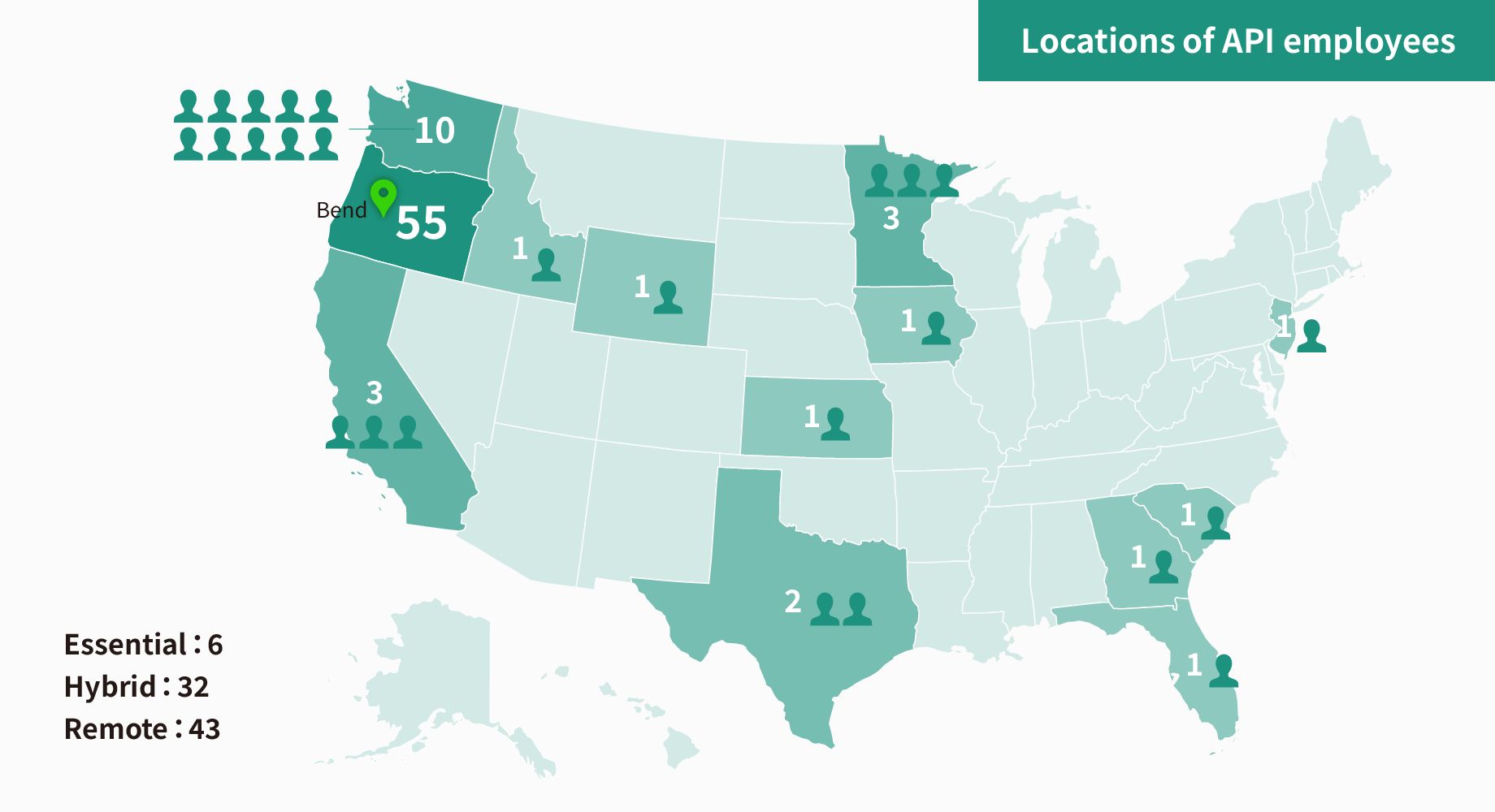

Hiroto Inoue
How is digitalization supporting HR?
We have an HR system called ADP. Our employees go into ADP for everything. They can see their payroll, read company policies, or adjust their retirement contributions, if they need to. I can approve my employees’ vacations and look at all the calendars. It’s also where we post quarterly compliance updates, some from Tokyo Century headquarters, some from local leadership.

Nick Fong

Hiroto Inoue
When it comes to full remote working, I think you don’t get to meet staff members. Is there anything you are aware of in communication?
When you’re working from home, sometimes you don’t get to meet the people who have been hired. But in ADP, we create a little bio with the newly hired person’s name, their role, their hobbies. So, the company can be introduced to new people through that platform, as well.

Nick Fong
Conclusion

Hiroto Inoue
What would you say to someone at a company who is thinking about investing more in digitalization?
Either digitalize or someone else will — and then probably take your market share. That’s our mentality. API is not a huge organization, but we have large projections for growth, and the only way we’re going to be able to meet those goals is to leverage the best technology we can afford and put the best minds behind it. Use the people and the technology you have to stay ahead of the trends.

Nick Fong

Allegiant Partners Incorporated.
Launched as a venture company in 1998, API joined Tokyo Century Group as a wholly owned subsidiary of TCUSA in 2019. Currently based in Oregon, API pursues general leasing and financing businesses focused on small and medium-sized trucks, arbor equipment and vehicles.
RECOMMEND ARTICLES
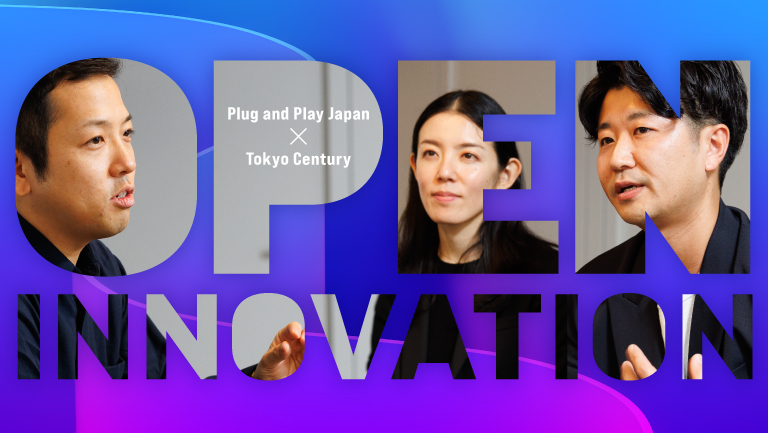
—Plug and Play Japan × Tokyo Century
Feb 19, 2025
Collaboration with s…
